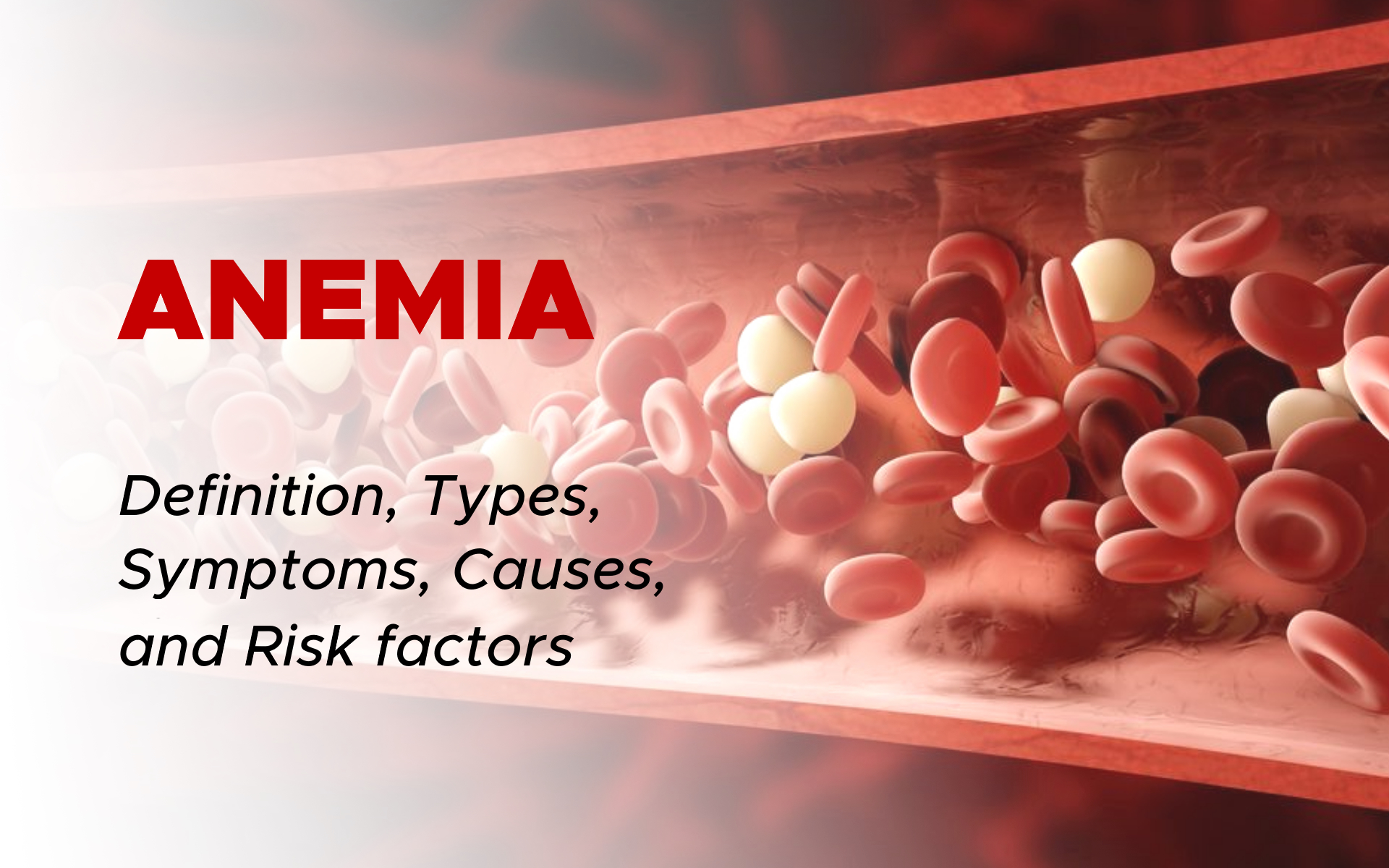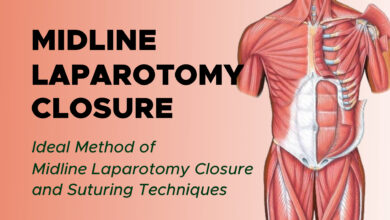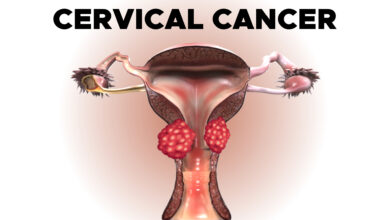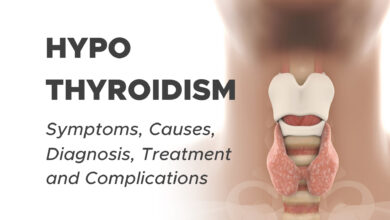
Anemia Overview: Definition, Symptoms, Causes, Types, and Risk factors
Anemia Definition, Symptoms, Causes, Common Types, Risk factors, Common Complications, Prevention, and Treatment
What is Anemia?
Anemia (also spelled anaemia) is a condition in which you lack enough healthy red blood cells to carry adequate oxygen to your body’s tissues. When anemia comes on slowly, the symptoms are often vague and may include feeling tired, weakness, shortness of breath, and a poor ability to exercise. When the anemia comes on quickly, symptoms may include confusion, feeling like one is going to pass out, loss of consciousness, and increased thirst.
Anemia is the most common blood disorder worldwide, and it affects more than 3 million Americans. There are many forms of anemia, each with its own cause. Anemia can be temporary or long term, and it can range from mild to severe.
Anemia occurs when you do not have enough red blood cells or when your red blood cells do not function properly. It is diagnosed when a blood test shows a hemoglobin value of less than 13.5 gm/dl in a man or less than 12.0 gm/dl in a woman. Normal values for children vary with age.
Treatments for anemia range from taking supplements to undergoing medical procedures. You might be able to prevent some types of anemia (iron deficiency, vitamin B12 deficiency) by eating a healthy, varied diet.
Anemia Symptoms
Anemia signs and symptoms vary depending on the cause. If the anemia is caused by a chronic disease, the disease can mask them, so that the anemia might be detected by tests for another condition.
Depending on the causes of your anemia, you might have no symptoms.
Signs and symptoms, if they do occur, might include:
- Fatigue
- Weakness
- Pale or yellowish skin
- Fast or irregular heartbeat
- Headaches
- Shortness of breath
- Pounding or “whooshing” in your ears
- Dizziness or lightheadedness
- Chest pain
- Cold hands and feet
At first, anemia can be so mild that you don’t notice it. But symptoms worsen as anemia worsens.
When to See a Doctor?
Make an appointment with your doctor if you’re feeling fatigued and you don’t know why.
Fatigue has many causes besides anemia, so don’t assume that if you’re tired you must be anemic. Some people learn that their hemoglobin is low, which indicates anemia, when they donate blood. If you’re told that you can’t donate because of low hemoglobin, make an appointment with your doctor.
Causes
Anemia occurs when your blood doesn’t have enough red blood cells.
This can happen if:
- Your body doesn’t make enough red blood cells
- Bleeding causes you to lose red blood cells more quickly than they can be replaced
- Your body destroys red blood cells
Anemia and Red Blood Cells
Your body makes three types of blood cells — white blood cells to fight infection, platelets to help your blood clot and red blood cells to carry oxygen throughout your body.

Red blood cells contain hemoglobin — an iron-rich protein that gives blood its red color. Hemoglobin enables red blood cells to carry oxygen from your lungs to all parts of your body and to carry carbon dioxide from other parts of the body to your lungs to be exhaled.
Most blood cells, including red blood cells, are produced regularly in your bone marrow — a spongy material found within the cavities of many of your large bones. To produce hemoglobin and red blood cells, your body needs iron, vitamin B-12, folate and other nutrients from the foods you eat.
Common Types of Anemia
Different types of anemia have different causes. They include:
1. Iron Deficiency Anemia
This most common type of anemia. It happens when you do not have enough iron in your body. Iron deficiency is usually due to blood loss but may occasionally be due to poor absorption of iron. Your bone marrow needs iron to make hemoglobin. Without adequate iron, your body can’t produce enough hemoglobin for red blood cells.
Without iron supplementation, this type of anemia occurs in many pregnant women. It is also caused by blood loss, such as from heavy menstrual bleeding, an ulcer, cancer and regular use of some over-the-counter pain relievers, especially aspirin, which can cause inflammation of the stomach lining resulting in blood loss.
2. Vitamin Deficiency Anemia
Besides iron, your body needs folate and vitamin B-12 to produce enough healthy red blood cells. A diet lacking in these and other key nutrients can cause decreased red blood cell production.
Also, some people who consume enough vitamin B-12 aren’t able to absorb the vitamin. Pernicious anemia is a condition in which vitamin B12 cannot be absorbed in the gastrointestinal tract.
3. Anemia of Inflammation
Some diseases can affect the body’s ability to make red blood cells. For example, some patients with kidney disease develop anemia because the kidneys are not making enough of the hormone erythropoietin to signal the bone marrow to make new or more red blood cells.
Chemotherapy used to treat various cancers often impairs the body’s ability to make new red blood cells, and anemia often results from this treatment.
4. Aplastic Anemia
This a rare bone marrow failure disorder in which the bone marrow stops making enough blood cells (red blood cells, white blood cells, and platelets).
This occurs as a result of destruction or deficiency of blood-forming stem cells in your bone marrow, in particular when the body’s own immune system attacks the stem cells.
However, the few blood cells the marrow does make are normal. Viral infections, ionizing radiation, and exposure to toxic chemicals or drugs can also result in aplastic anemia.
5. Anemias Associated with Bone Marrow Disease
A variety of diseases, such as leukemia and myelofibrosis, can cause anemia by affecting blood production in your bone marrow. The effects of these types of cancer and cancer-like disorders vary from mild to life-threatening.
6. Hemolytic Anemias
This group of anemias develops when red blood cells are destroyed faster than bone marrow can replace them. This condition occurs when red blood cells are broken up in the bloodstream or in the spleen.

Hemolytic anemia may be due to mechanical causes (leaky heart valves or aneurysms), infections, autoimmune disorders, or congenital abnormalities in the red blood cell. Inherited abnormalities may affect the hemoglobin or the red blood cell structure or function.
Examples of inherited hemolytic anemias include some types of thalassemia and low levels of enzymes such as glucose-6 phosphate dehydrogenase deficiency. The treatment will depend on the cause.
7. Sickle Cell Anemia
This inherited and sometimes serious condition is a hemolytic anemia. It’s caused by a defective form of hemoglobin that forces red blood cells to assume an abnormal crescent (sickle) shape. These irregular blood cells die prematurely, resulting in a chronic shortage of red blood cells.
Risk factors
These factors place you at increased risk of anemia:
- A diet lacking in certain vitamins and minerals. A diet consistently low in iron, vitamin B-12 and folate increases your risk of anemia.
- Intestinal disorders. Having an intestinal disorder that affects the absorption of nutrients in your small intestine — such as Crohn’s disease and celiac disease — puts you at risk of anemia.
- Menstruation. In general, women who haven’t had menopause have a greater risk of iron deficiency anemia than do men and postmenopausal women. Menstruation causes the loss of red blood cells.
- Pregnancy. If you’re pregnant and aren’t taking a multivitamin with folic acid and iron, you’re at an increased risk of anemia.
- Chronic conditions. If you have cancer, kidney failure, diabetes or another chronic condition, you could be at risk of anemia of chronic disease. These conditions can lead to a shortage of red blood cells.
- Slow, chronic blood loss from an ulcer or other source within your body can deplete your body’s store of iron, leading to iron deficiency anemia.
- Family history. If your family has a history of an inherited anemia, such as sickle cell anemia, you also might be at increased risk of the condition.
- Other factors. A history of certain infections, blood diseases and autoimmune disorders increases your risk of anemia. Alcoholism, exposure to toxic chemicals, and the use of some medications can affect red blood cell production and lead to anemia.
- Age. People over age 65 are at increased risk of anemia.
Common Complications
Left untreated, anemia can cause many health problems, such as:
- Severe fatigue. Severe anemia can make you so tired that you can’t complete everyday tasks.
- Pregnancy complications. Pregnant women with folate deficiency anemia may be more likely to have complications, such as premature birth.
- Heart problems. Anemia can lead to a rapid or irregular heartbeat (arrhythmia). When you’re anemic your heart must pump more blood to make up for the lack of oxygen in the blood. This can lead to an enlarged heart or heart failure.
- Death. Some inherited anemias, such as sickle cell anemia, can lead to life-threatening complications. Losing a lot of blood quickly results in acute, severe anemia and can be fatal.
Prevention
While many types of anemia cannot be prevented, eating healthy foods can help you avoid both iron-and vitamin-deficiency anemia.
Foods to include in your diet include those with high levels of iron (beef, dark green leafy vegetables, dried fruits, and nuts), vitamin B-12 (meat and dairy), and folic acid (citrus juices, dark green leafy vegetables, legumes, and fortified cereals).
A daily multivitamin will also help prevent nutritional anemias; however, older adults should not take iron supplements for iron-deficiency anemia unless instructed by their physicians.
a) Iron
Iron-rich foods include beef and other meats, beans, lentils, iron-fortified cereals, dark green leafy vegetables, and dried fruit.
b) Folate
This nutrient, and its synthetic form folic acid, can be found in fruits and fruit juices, dark green leafy vegetables, green peas, kidney beans, peanuts, and enriched grain products, such as bread, cereal, pasta and rice.
c) Vitamin B-12
Foods rich in vitamin B-12 include meat, dairy products, and fortified cereal and soy products.
d) Vitamin C
Foods rich in vitamin C include citrus fruits and juices, peppers, broccoli, tomatoes, melons and strawberries. These also help increase iron absorption.
If you’re concerned about getting enough vitamins and minerals from food, ask your doctor whether a multivitamin might help.
Am I at Risk for Anemia?
Many people are at risk for anemia because of poor diet, intestinal disorders, chronic diseases, infections, and other conditions. Women who are menstruating or pregnant and people with chronic medical conditions are most at risk for this disease.
The risk of anemia increases as people grow older. If you have any of the following chronic conditions, you might be at greater risk for developing anemia:
- Rheumatoid arthritis or other autoimmune disease
- Kidney disease
- Cancer
- Liver disease
- Thyroid disease
- Inflammatory bowel disease (Crohn disease or ulcerative colitis)
The signs and symptoms of anemia can easily be overlooked. In fact, many people do not even realize that they have anemia until it is identified in a blood test.
Treatment
The treatment for anemia depends on what causes it.
Iron-deficiency anemia is almost always due to blood loss. If you have iron-deficiency anemia, your doctor may order tests to determine if you are losing blood from your stomach or bowels.
Other nutritional anemias, such as folate or B-12 deficiency, may result from poor diet or from an inability to absorb vitamins in the gastrointestinal tract. Treatment varies from changing your diet to taking dietary supplements.
If your anemia is due to a chronic disease, treatment of the underlying disease will often improve the anemia. Under some circumstances, such as chronic kidney disease, your doctor may prescribe medication such as erythropoietin injections to stimulate your bone marrow to produce more red blood cells.
Aplastic anemia occurs if your bone marrow stops producing red blood cells. Aplastic anemia may be due to primary bone marrow failure, myelodysplasia (a condition in which the bone marrow produces abnormal red blood cells that do not mature properly), or occasionally as a side effect of some medications.
If you appear to have a form of aplastic anemia, your doctor may refer you to a hematologist for a bone marrow biopsy to determine the cause of the anemia. Medications and blood transfusions may be used to treat aplastic anemia.
Hemolytic anemia occurs when red blood cells are destroyed in the blood stream. This may be due to mechanical factors (a leaky heart valve or aneurysm), infection, or an autoimmune disease.
The cause can often be identified by special blood tests and by looking at the red blood cells under a microscope. The treatment will depend upon the cause and may include referral to a heart or vascular specialist, antibiotics, or drugs that suppress the immune system.
Talk with your doctor if you believe you may be at risk for anemia. Your doctor will determine your best course of treatment and, depending on your condition, may refer you to a hematologist, a doctor who specializes in blood disorders.



